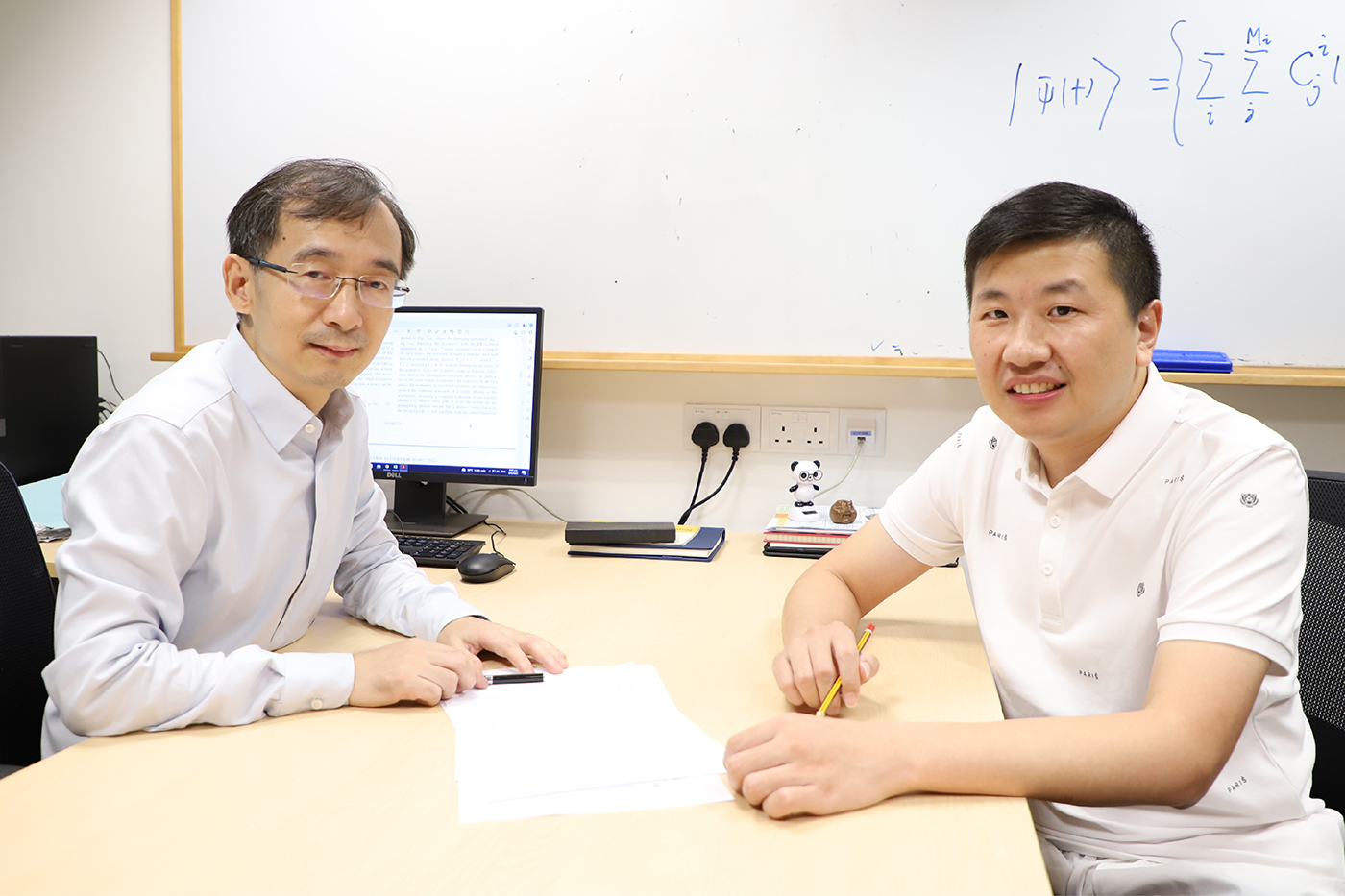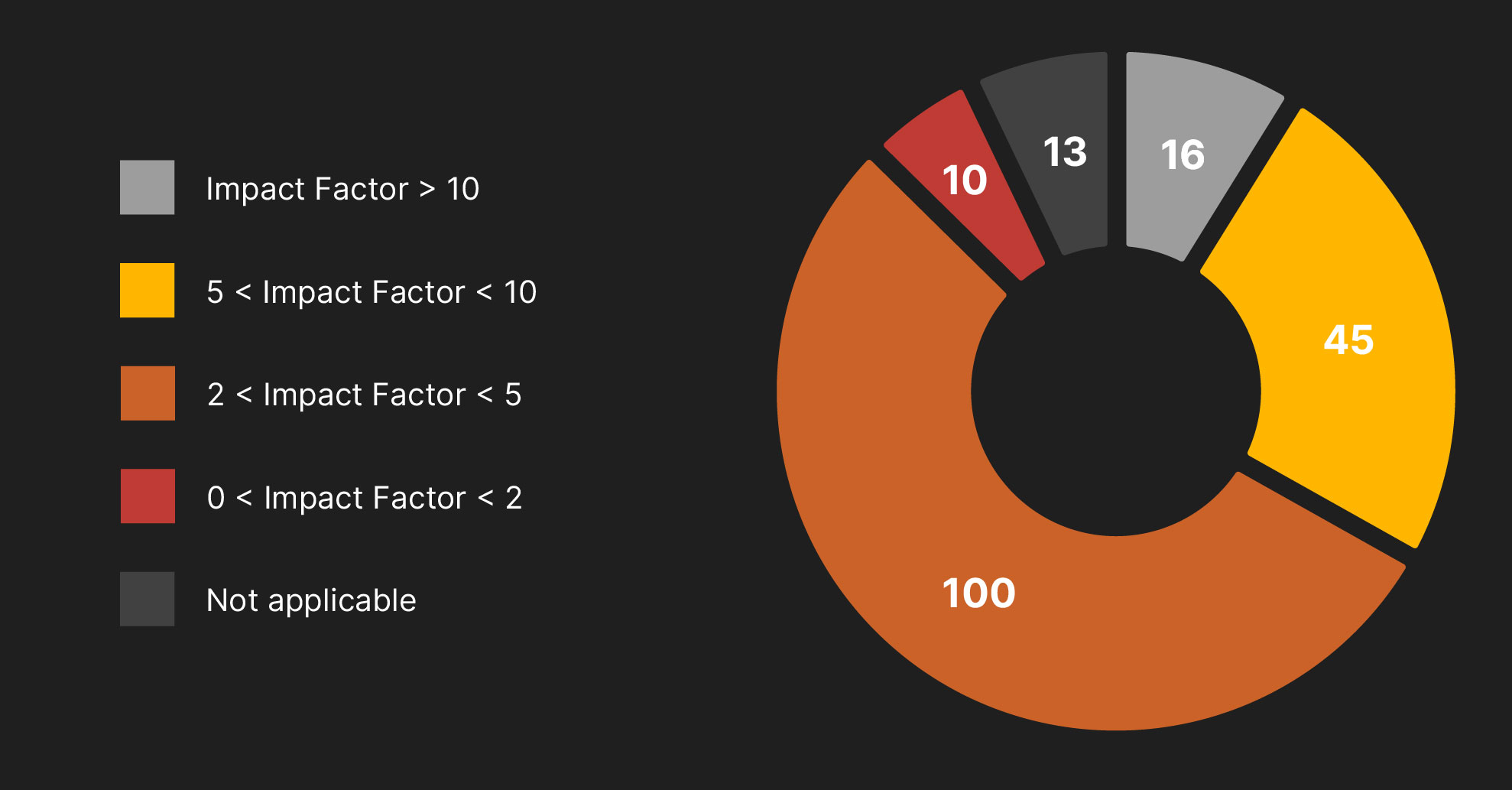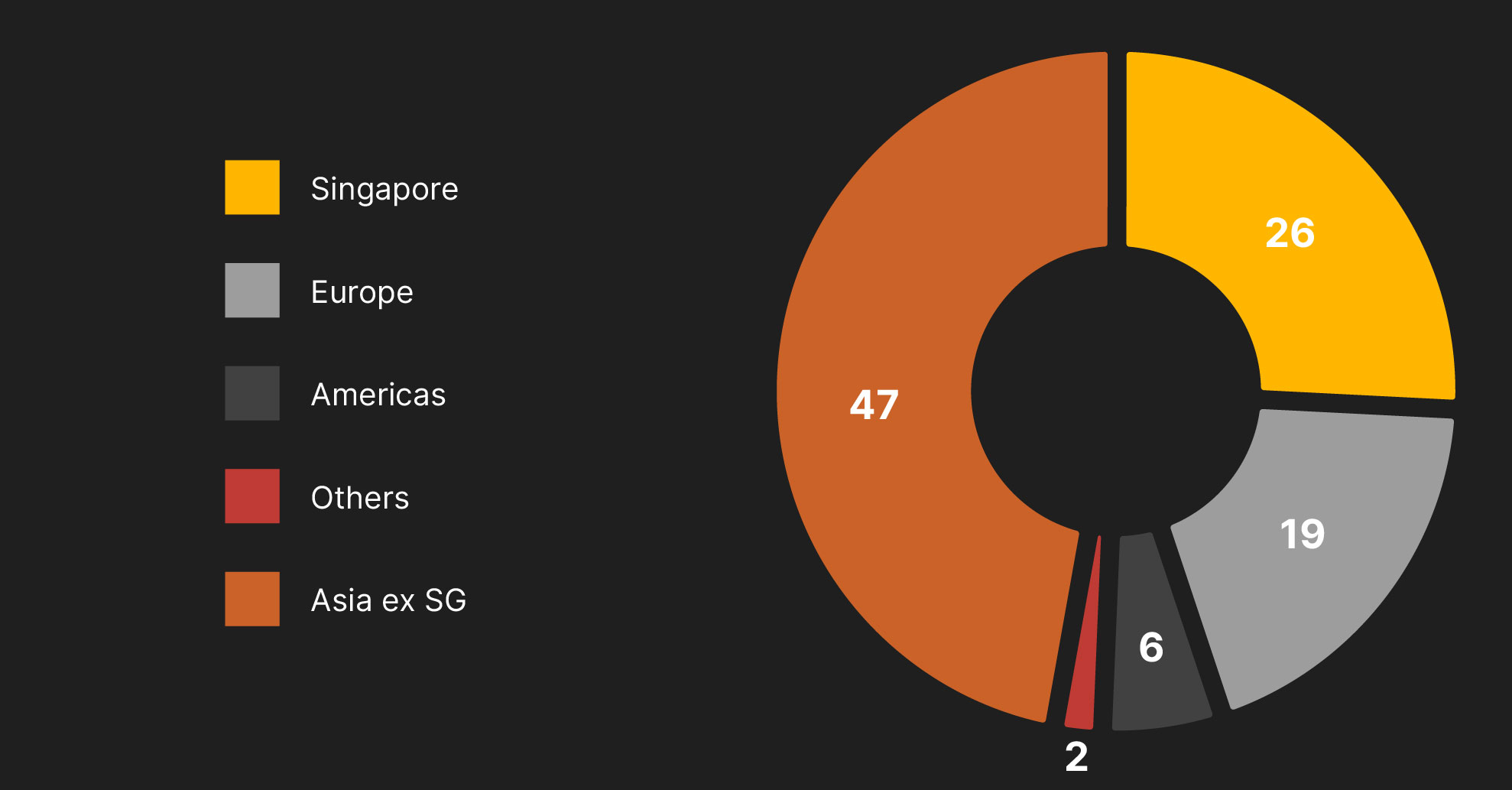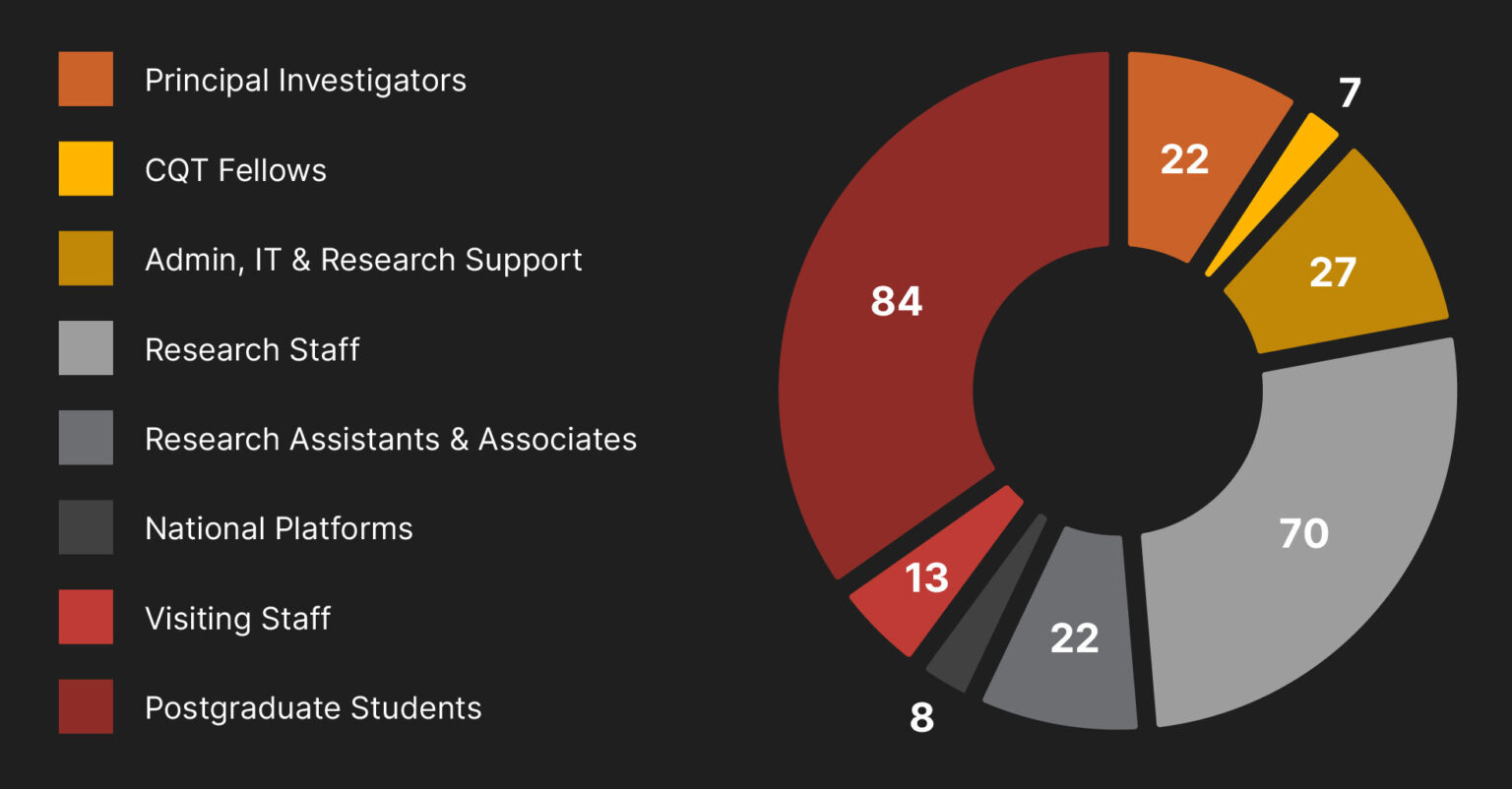Quantum dynamics can push sensing performance to the limit
Researchers show how to use quantum resonance dynamics to approach the Heisenberg limit for quantum sensors
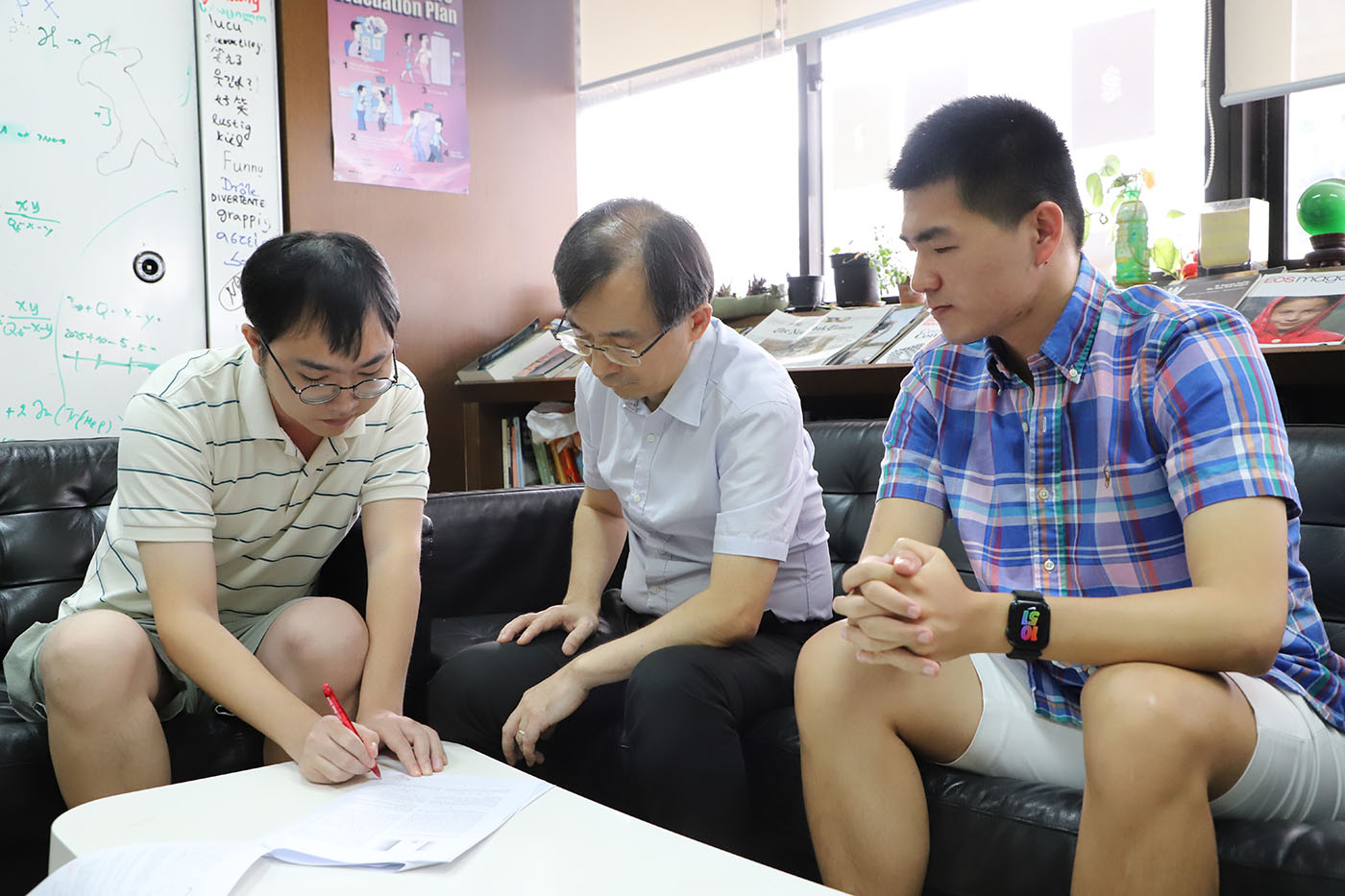
(From left) Co-authors Zou Zhixing, Gong Jiangbin and Chen Weitao find that the dynamics of a collective spin system can generate and protect entanglement.
The group of CQT Principal Investigator Gong Jiangbin has proposed a new strategy to enhance the performance of quantum sensors. In the team’s work published in Physical Review Letters on 11 June 2025, the researchers show how to achieve the Heisenberg precision limit using the collective dynamics of a quantum system.
The Heisenberg limit, an absolute limit imposed by quantum physics, beats the precision that can be achieved with classical sensing methods. Such enhanced sensing capabilities could benefit areas including magnetometry, gravitational wave detection, atomic clocks and navigation.
Jiangbin’s co-authors are Research Fellow Zou Zhixing and PhD student Chen Weitao from the Department of Physics at the National University of Singapore (NUS), where he is Professor and Head of Department.
The researchers declare in their paper that their protocol is of “immediate experimental interest”. It can be implemented on current experimental hardware such as cold atoms and trapped ions by tuning the operational parameters.
In resonance
Typical proposals to achieve the Heisenberg limit rely on using highly entangled states. But these states are not easy to prepare, not easy to protect, and not easy to measure. The researchers found a way to avoid these obstacles using what is known as “quantum resonance dynamics”.
The group’s background is in quantum chaos, where they study the dynamics of quantum systems and their sensitivity to initial conditions. This paper marks the researchers’ first foray into quantum sensing. “It is a very natural connection to ask – can the sensitivity of the dynamics be used for quantum sensing,” says Jiangbin.
Objects naturally have frequencies at which they vibrate. When an object experiences a matching external frequency, it is described as being ‘in resonance’, and the object responds. For example, you might push a swing at a certain tempo to make it go higher, or a soprano could belt out a note at a pitch that breaks a wineglass. The quantum version of resonance phenomena can exhibit much richer and yet predictable dynamical features.
The researchers’ protocol involves using a resonance for a collection of atomic spins that are interacting with one another. The driving frequency could be microwave pulses, for example.
The spins respond with dynamics that prove helpful for quantum sensing. The spin system evolves from an easy-to-prepare initial state to a highly entangled state, of the sort used for sensing, eventually reaching a nonequilibrium steady state where there is balance between noise and the external control field.
Zhixing, who is first author of the paper, says, “We use the quantum resonance dynamics of the system to generate and protect the entanglement.”
At the end of the protocol when the external driving field can be stopped, the resonance dynamics drives the system back to the initial state, which is easy to measure.
Achieving the Heisenberg limit
The researchers ran computer simulations of their protocol. To evaluate the sensing performance, they calculated a metric known as quantum Fisher information of the end state, associated with a small change to one system parameter. Obtaining more information would indicate a better sensing performance.
In their protocol, they found that the quantum Fisher information grows like N2, where N is the number of spins of the system, the scaling expected at the Heisenberg limit. In a noisy environment, they found that the quantum Fisher information approaches the Heisenberg limit, scaling proportionally to N1.8. This holds for different system sizes, ranging from 20 to 2000 spins in their proof-of-principle calculations.
In the absence of noise, they also found that their protocol achieves the Heisenberg limit over time, with the quantum Fisher information scaling quadratically with time.
“We can extend the time for sensing as long as we keep driving the system. This means that information will keep growing unbounded with time,” says Weitao. “Precision scaling with the number of spins and with time is the ultimate we can do.”
The theorists hope experimentalists will try out their scheme while they continue to explore how different dynamics might be used in quantum metrology and sensing.
Other coverage:
NUS Faculty of Science: Enhancing quantum metrology by quantum resonance dynamics
